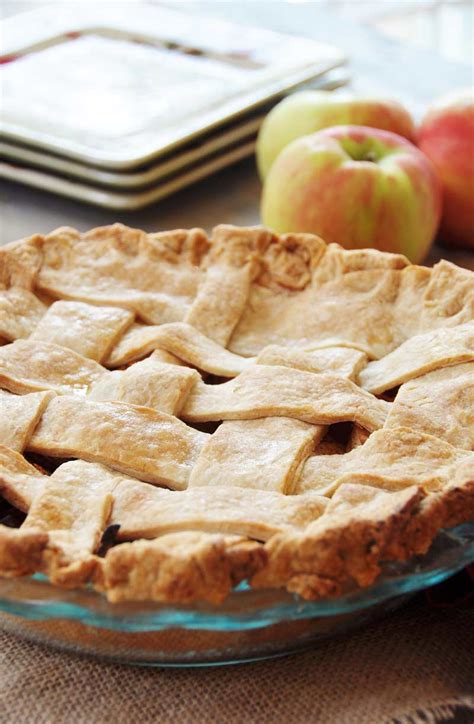Discover the history and benefits of Tagine, with delicious traditional and modern recipes featuring cauliflower and chickpeas. Plus tips for the perfect dish.
What is a Tagine?
Contents
A tagine is a North African dish named after the earthenware pot in which it is cooked. This conical-shaped pot is used to slow-cook savory stews of meat, vegetables, and aromatic spices. The design of the tagine allows for steam to rise to the top, then condense and trickle back down, ensuring that the ingredients are tender and flavorful. The unique shape helps to circulate the moisture, resulting in tender and moist dishes.
The word tagine also refers to the dish itself. It is a staple in North African cuisine, particularly in countries like Morocco, Tunisia, and Algeria. These dishes are often made with meat, such as chicken, lamb, or beef, and are typically served with couscous or bread. However, vegetarian and vegan variations, like the cauliflower chickpea tagine, are also popular, offering a rich and flavorful option for those seeking plant-based meals.
The tagine is not only a cooking vessel but also a serving dish. It adds an element of tradition and authenticity to the meal, making it a popular choice for home cooks and restaurant chefs alike. Due to its versatility and unique cooking method, the tagine has gained popularity in other parts of the world as well, as people seek to explore new flavors and cooking techniques.
Whether you are a seasoned chef or new to North African cuisine, incorporating a tagine into your cooking repertoire can open up a world of culinary possibilities. The slow cooking method and infusion of spices create a dining experience that is both comforting and exotic, making the tagine a cherished part of many cultural traditions.
Benefits of Cauliflower
Cauliflower is a versatile and nutritious vegetable that offers a wide range of health benefits. It is low in calories and high in fiber, making it a great choice for weight management and digestive health. Cauliflower also contains a variety of vitamins and minerals, including vitamin C, vitamin K, and folate, which are essential for overall health.
Additionally, cauliflower is packed with antioxidants and anti-inflammatory compounds, which can help reduce the risk of chronic diseases such as heart disease, cancer, and arthritis. These compounds also support a healthy immune system and may help prevent certain types of cancer.
Furthermore, cauliflower is a good source of choline, a nutrient that is important for brain health and development. Choline plays a role in neurotransmitter function and helps support memory, mood, and muscle control. Including cauliflower in your diet can contribute to overall cognitive function and brain health.
There are countless ways to incorporate cauliflower into your diet, from roasting and grilling to pureeing and mashing. Whether you enjoy it as a side dish, in a soup or salad, or as a main course, the benefits of cauliflower make it a valuable addition to any meal.
Health Benefits of Chickpeas
Chickpeas, also known as garbanzo beans, are a versatile and nutritious legume that have been a staple in Middle Eastern and Mediterranean cuisines for centuries. These legumes are packed with protein, fiber, and essential vitamins and minerals that provide numerous health benefits.
One of the key health benefits of chickpeas is their high protein content, making them an excellent plant-based protein source for vegetarians and vegans. In addition to protein, chickpeas are also a great source of fiber, which can help promote digestive health and aid in weight management by promoting a feeling of fullness.
Chickpeas are also rich in antioxidants and phytonutrients such as flavonoids and polyphenols, which have been linked to a reduced risk of chronic diseases like heart disease and cancer. Additionally, the high levels of iron, magnesium, and zinc in chickpeas can help support immune function and overall health.
Furthermore, the consumption of chickpeas has been associated with improved blood sugar control and a reduced risk of type 2 diabetes
Traditional vs. Modern Tagine Recipes
Tagine recipes have been a staple in North African cuisine for centuries, and they continue to be popular around the world today. Traditional tagine recipes are made in a special earthenware dish with a conical lid, which helps to circulate the steam and keep the food moist. These traditional recipes often feature slow-cooked meats, such as lamb or chicken, along with a variety of vegetables and aromatic spices.
On the other hand, modern tagine recipes have evolved to include a wide range of ingredients and cooking methods. Many modern recipes use a regular pot or slow cooker instead of the traditional tagine dish, and they often incorporate non-traditional ingredients like tofu, quinoa, or even seafood. Some modern recipes also use unconventional flavor combinations or cooking techniques to put a new twist on this classic dish.
While traditional tagine recipes are beloved for their rich, comforting flavors and the time-honored cooking method, modern tagine recipes offer a fresh, creative take on this traditional dish. Whether you prefer the tried-and-true flavors of a classic tagine or want to experiment with new ingredients and cooking techniques, there’s a tagine recipe out there for everyone to enjoy.
Tips for Perfect Cauliflower Chickpea Tagine
When making a cauliflower chickpea tagine, there are a few tips to keep in mind to ensure the dish turns out perfectly. First and foremost, it’s important to properly season the tagine to bring out the flavors of the ingredients. This can be done by using a combination of spices such as cumin, paprika, and turmeric, which will infuse the dish with a rich and aromatic taste.
Another tip for making a perfect cauliflower chickpea tagine is to ensure that the vegetables are cooked to just the right texture. Overcooking the cauliflower and chickpeas can result in a mushy and unappealing dish, so it’s important to keep a close eye on their cooking time and test them regularly for doneness.
Additionally, using high-quality ingredients such as fresh cauliflower and chickpeas is crucial for achieving the best flavor and texture in the tagine. Opting for fresh, seasonal produce will elevate the dish and make it more delicious.
Lastly, when preparing a cauliflower chickpea tagine, it’s important to let the dish simmer and stew for enough time to allow the flavors to meld together. This slow cooking process will result in a tagine that is rich in flavor and has a tender, melt-in-your-mouth texture.












